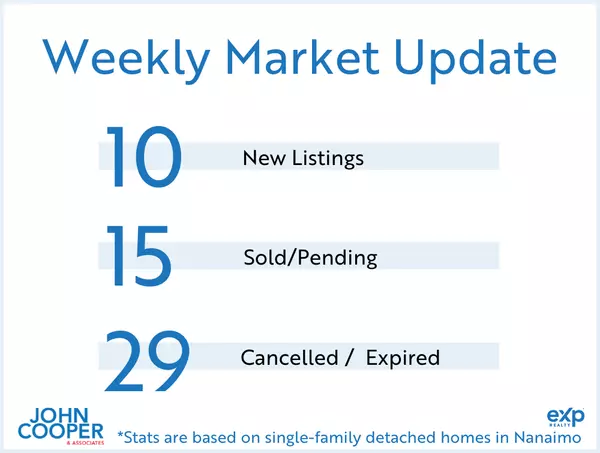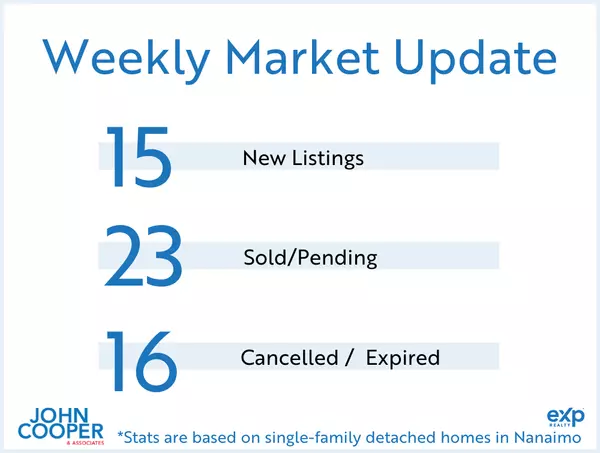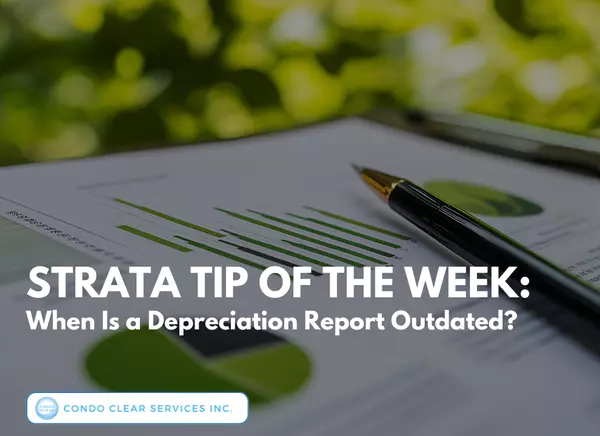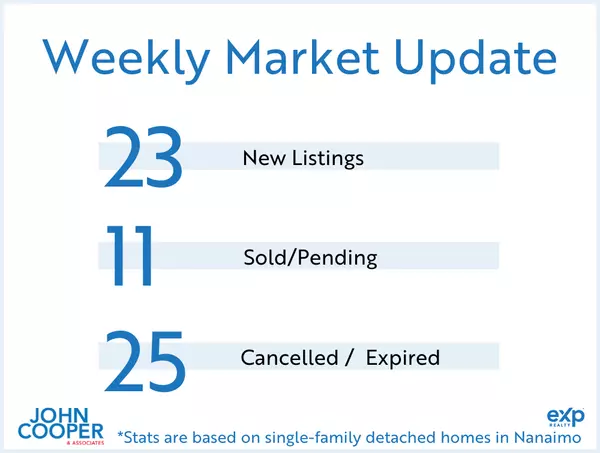The growing popularity of co-living and its potential impact on the housing market
Co-living, the concept of sharing living spaces such as apartments or houses with multiple people, is a trend that has been gaining popularity in recent years. As a professional real estate advisor, I have been closely following this trend and the potential impact it may have on the housing market. In this blog post, I will explore the growing popularity of co-living and its potential impact on the housing market from a professional real estate advisor's perspective.
The popularity of co-living has been driven by a number of factors, including the high cost of living, the desire for a sense of community, and the need for flexibility in living arrangements. Co-living spaces, such as apartments or houses, are designed to provide a sense of community and shared living spaces, while also providing more affordable housing options.
Co-living spaces offer a variety of benefits, including lower costs, shared living spaces, and a sense of community. These spaces can be particularly appealing to young professionals, students, and those looking for flexible living arrangements. They can also be a great option for those who are looking for a more affordable housing option, as the cost of living in a co-living space is often lower than the cost of living in a traditional apartment or house.
However, co-living spaces also have their drawbacks. One of the biggest drawbacks is the lack of privacy. Co-living spaces often have shared living spaces, and this can make it difficult for individuals to have their own space. Additionally, co-living spaces can also be noisy and can lack the sense of home that traditional living spaces have.
The growing popularity of co-living has the potential to have a significant impact on the housing market. One of the biggest impacts is that it could lead to a decrease in demand for traditional apartments and houses. This could lead to a decrease in home prices and a decrease in the number of homes being built. Additionally, co-living spaces could also lead to a decrease in the number of rental properties available, as more people opt for co-living spaces instead of traditional rental properties.
For buyers, it's important to keep in mind that co-living spaces can be a great option for those looking for a more affordable housing option. Additionally, it's important to consider the flexibility that co-living spaces offer, as well as the sense of community that they provide. However, it's important to also consider the lack of privacy and the potential noise level that may come with co-living spaces. Before making a decision, it's important to weigh the pros and cons and determine if co-living is the right fit for you.
For sellers, it's important to be aware of the growing popularity of co-living and to price your property accordingly. If you are selling a traditional apartment or house, it's important to highlight the privacy and personal space that your property offers as well as any unique features that may appeal to buyers.
In conclusion, the growing popularity of co-living is a trend that has the potential to have a significant impact on the housing market. Co-living spaces offer a variety of benefits, including lower costs, shared living spaces, and a sense of community. However, they also have their drawbacks such as lack of privacy and noise level. As a professional real estate advisor, it's important to stay informed about this trend and to help buyers and sellers navigate the market accordingly. It's important to consider the growing popularity of co-living when making a decision on buying or selling a property and weigh the pros and cons of this type of living arrangement.
Categories
Recent Posts










